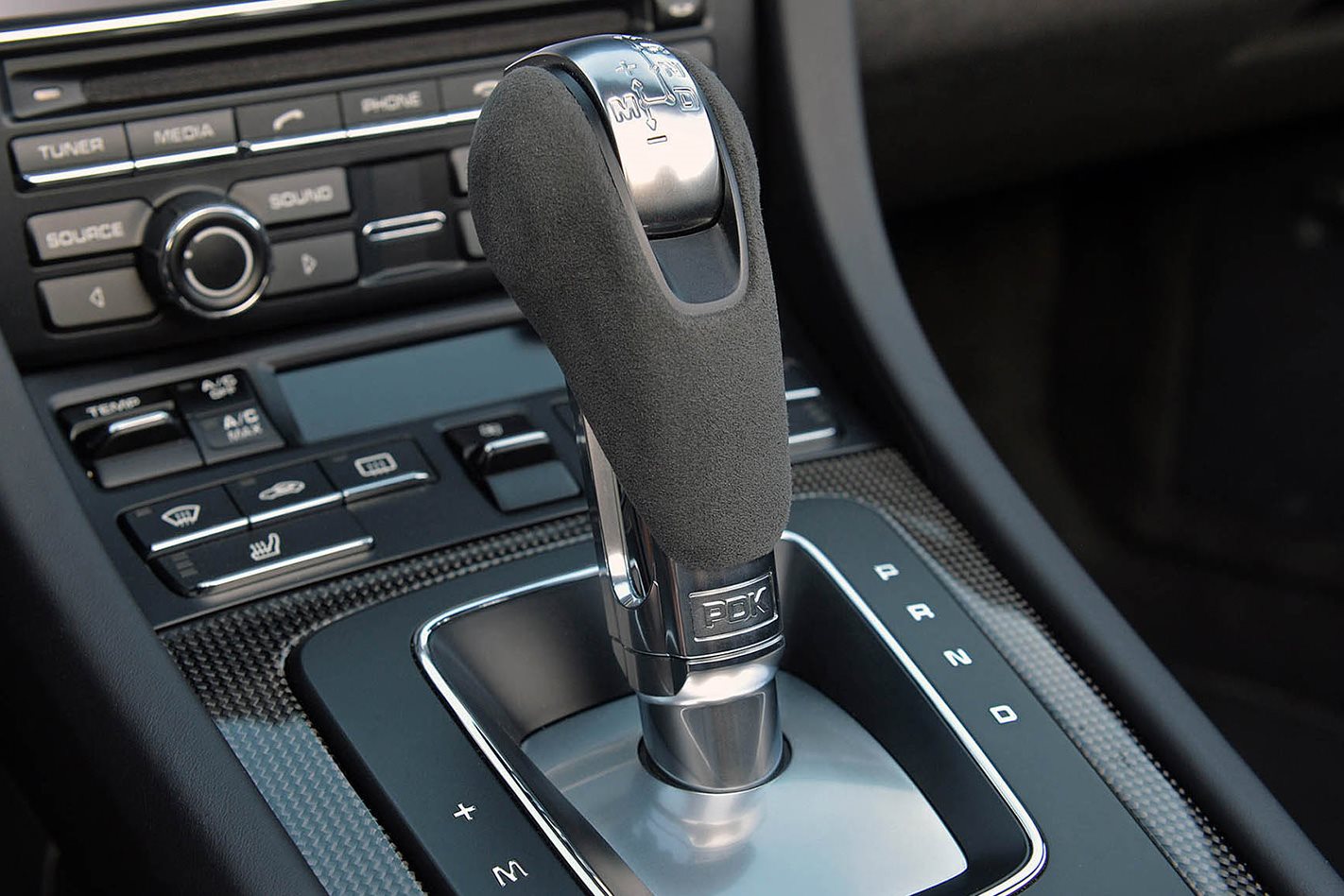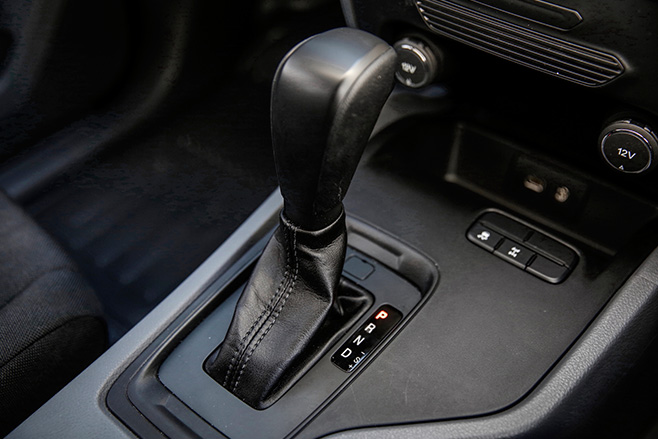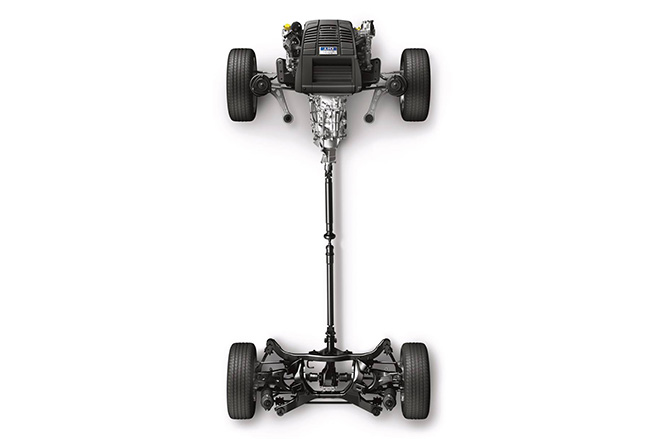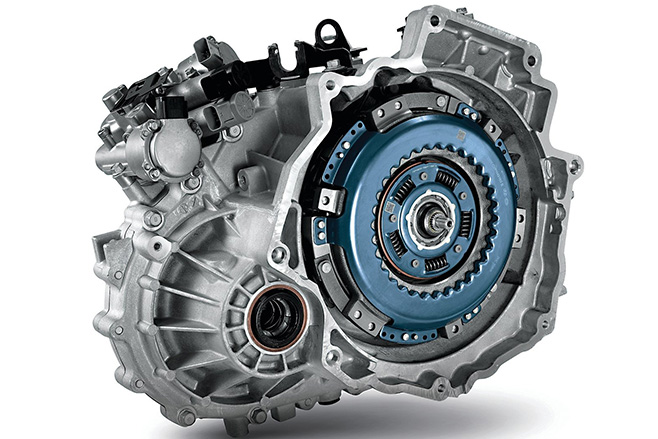
Your car’s gearbox (or transmission) is the link between its engine and driving wheels and transforms horsepower and torque into forward and reverse motion using different gear ratios to achieve a range of speeds.
The automatic gearbox was invented by Canadian, Alfred Horner Munro, in 1921 and used compressed air to change gears. The first modern, mass-produced automatic gearbox, the Hydra-Matic, was introduced by General Motors in 1940 and until recently there has been only one type of ‘self-shifting’ ‘box for passenger vehicles.
Today, depending on which make and model you buy, your car will come with one of these three automatic transmissions.
1. CONVENTIONAL AUTOMATIC GEARBOX
Modern automatic gearboxes use a hydraulic fluid coupling called a torque convertor, instead of a foot-operated friction clutch, to change gears by locking and unlocking a set of planetary gears. It also stops the engine from stalling when a car is stationary and in gear.

These days automatic gearboxes ‘talk’ to the engine’s ECU (Electronic Control Unit) for more precise control of shifting and advanced automatic transmissions can actually ‘learn’ a driver’s style. Automatic gearboxes have come a long way since 1940 and Ford now offers the world’s first mass-produced 10-speed auto on its F-150 ute in the US and has filed a patent for an 11-speed ‘box!
Pros: Great for stop-start city driving, ease of use, keeps both hands on the wheel Cons: Not much chop for sporty driving or on the racetrack, can be less fuel-efficient than a manual gearbox
2. CONTINUOUSLY VARIABLE TRANSMISSION (CVT)
There are three types of CVT gearboxes. A pulley-based CVT transmission is an ingeniously simple device that uses a system of belts and pulleys – instead of toothed steel gears found in a conventional auto gearbox – to provide seamless changes through an infinite range of ratios and allows an engine to spin at its most efficient speed (rpm).

A Toroidal CVT uses discs and power rollers to transmit power and a Hydrostatic CVT uses variable-displacement pumps and hydrostatic motors. CVT gearboxes are particularly popular with Japanese manufacturers. A patent for the first CVT gearbox was first filed way back in 1886 and Leonardo da Vinci actually sketched one in 1490!
Pros: Smooth, seamless acceleration, fuel economy, keeps engine at maximum efficiency Cons: Droning engine noise under acceleration
3. DUAL-CLUTCH TRANSMISSION (DCT)
DCT gearboxes offer the best of both worlds: an automatic transmission that can be driven just like a manual but without a traditional foot clutch.
In a DCT, there is no torque convertor and gears are arranged on two separate shafts, odd-numbered gears on one, even on the other, and each shaft has its own clutch.

This twin-clutch system allows the next higher or lower gear to be ready to be selected in a fraction of a second, instructed either by the car’s computer management system or by the driver using steering-wheel-mounted paddles or traditional shifter.
Porsche pioneered dual-clutch gearboxes in motorsport, using its PDK ‘box in its 956 and 962 World Endurance Championship sportscars in the ‘80s.
Pros: Blink-of-an-eye shifts, drive an auto like a manual, minimises power loss Cons: Early DCTs could shift with a violent ‘bang’



